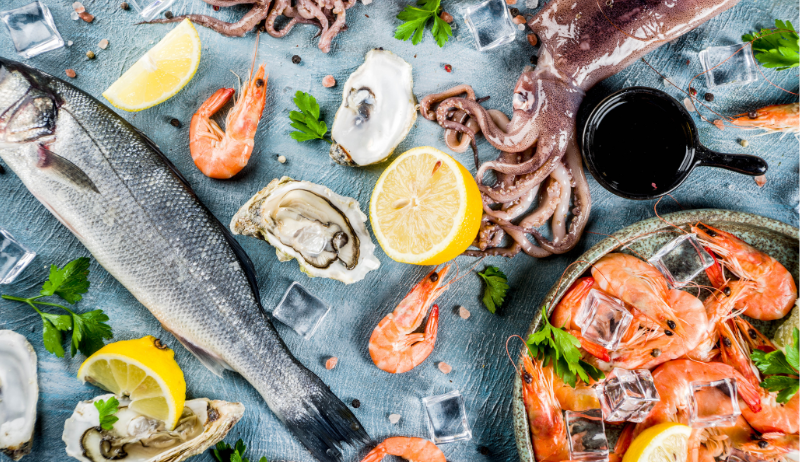Premium Seafood Sourcing: Top Indonesian Tuna Species for International Buyers
December 24, 2024

Premium Seafood Sourcing: Top Indonesian Tuna Species for International Buyers
The crystalline waters of the Indonesian archipelago have long been renowned as a premium source of some of the world finest tuna species. As international demand for high-quality seafood continues to surge, understanding the distinct characteristics and market value of Indonesian tuna has become essential for seafood buyers and importers worldwide.
Indonesia Strategic Position in Global Tuna Trade
Straddling the Pacific and Indian Oceans, Indonesia vast maritime territory serves as a natural habitat for several commercially valuable tuna species. The country is strategic location, combined with its traditional fishing expertise and modern processing facilities, has established it as a leading player in the global tuna market.
Premier Tuna Species from Indonesian Waters
1. Yellowfin Tuna (Thunnus albacares)
Known for its firm, bright red flesh and subtle flavor profile, Indonesian yellowfin tuna is highly sought after in premium sushi and sashimi markets. These magnificent fish, typically weighing between 20-100 kg, are caught in the deep waters of the Banda Sea and Indian Ocean, where the clean, cool waters contribute to their superior taste and texture.
2. Bigeye Tuna (Thunnus obesus)
Prized for its higher fat content and rich, buttery flavor, bigeye tuna from Indonesian waters commands top prices in luxury seafood markets. The cold-water hunting habits of these deep-dwelling fish result in meat that is particularly well-suited for high-end raw preparations and premium canned products.
3. Skipjack Tuna (Katsuwonus pelamis)
While smaller than its yellowfin and bigeye cousins, skipjack tuna represents a significant portion of Indonesia tuna exports. Its firm, dark meat and robust flavor make it ideal for both canned products and traditional preparations, particularly in Asian markets where its strong flavor is appreciated.
Quality Standards and Sustainability
Indonesian tuna processors have made significant strides in meeting international quality standards, implementing:
- HACCP compliance throughout the supply chain
- Advanced cold chain management systems
- Sustainable fishing practices certification
- Traceability programs from catch to export
Sourcing Considerations for International Buyers
Seasonality and Availability
Peak catching seasons vary by species and region, with the best quality typically available during:
- Yellowfin: March to September
- Bigeye: June to November
- Skipjack: Year-round, with peaks in April to August
Quality Indicators
Premium tuna should exhibit:
- Clear, bright color characteristic of the species
- Firm, resilient flesh
- Fresh, ocean-like smell
- Uniform temperature throughout the cut
- Proper documentation of catch date and location
Market Trends and Future Outlook
The demand for Indonesian tuna continues to grow, driven by:
- Increasing global appetite for sustainable seafood
- Rising popularity of Asian cuisine worldwide
- Growing awareness of tuna is nutritional benefits
- Expansion of premium seafood markets in developing economies
Establishing Reliable Supply Partnerships
Success in sourcing premium Indonesian tuna often depends on building strong relationships with reliable local processors and exporters. Look for partners who:
- Maintain consistent quality standards
- Demonstrate commitment to sustainability
- Offer transparent pricing and business practices
- Provide comprehensive documentation
- Have established cold chain infrastructure
Conclusion
Indonesia tuna fishing industry represents a valuable source of premium seafood for international buyers. By understanding the distinct characteristics of different species, quality standards, and market dynamics, buyers can make informed decisions that benefit both their business and the sustainable future of the industry.
For international buyers looking to enter or expand their presence in the Indonesian tuna market, investing time in understanding these aspects will prove invaluable in securing a reliable supply of high-quality tuna products that meet their specific market needs.

 English
English Chinese
Chinese